Connecting...

This is a quick preview of the lesson. For full access, please Log In or Sign up.
For more information, please see full course syllabus of Algebra 1
For more information, please see full course syllabus of Algebra 1
Algebra 1 Systems of Linear Equations
Lecture Description
In this lesson we'll learn what exactly is a system of linear equations and how do we find the solutions. One of the ways to find solutions is by looking at the graphs of the lines. The first step is to graph all equations, and then identify points that they cross. If the lines intersect at one point, there is exactly one solution. However, the lines may be parallel, so we'll learn how that affects the solutions. To determine if a point is a solution to the system, we can substitute and see if all the equations are true.
Bookmark & Share
Embed
Share this knowledge with your friends!
Copy & Paste this embed code into your website’s HTML
Please ensure that your website editor is in text mode when you paste the code.(In Wordpress, the mode button is on the top right corner.)
×
Since this lesson is not free, only the preview will appear on your website.
- - Allow users to view the embedded video in full-size.
Next Lecture
Previous Lecture









































 Carleen Eaton
Carleen Eaton Grant Fraser
Grant Fraser Eric Smith
Eric Smith
 Answer Engine
Answer Engine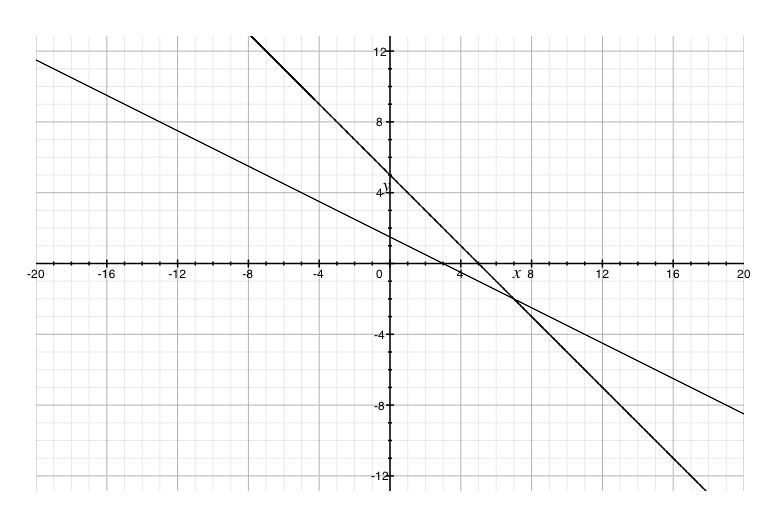


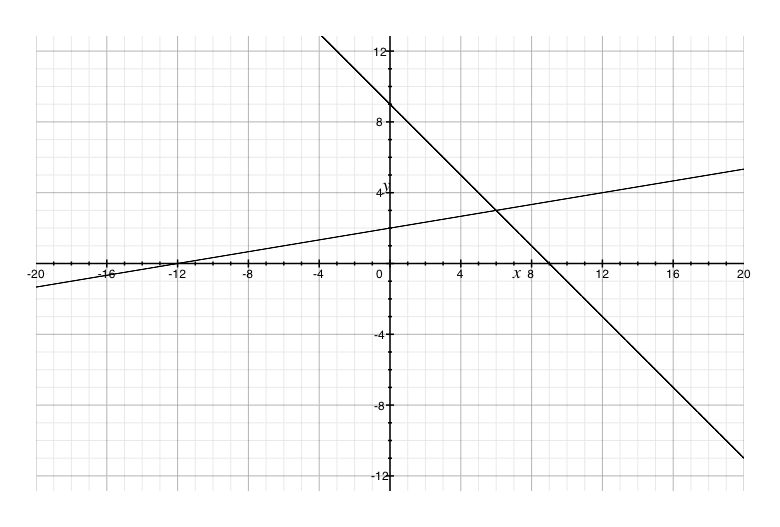
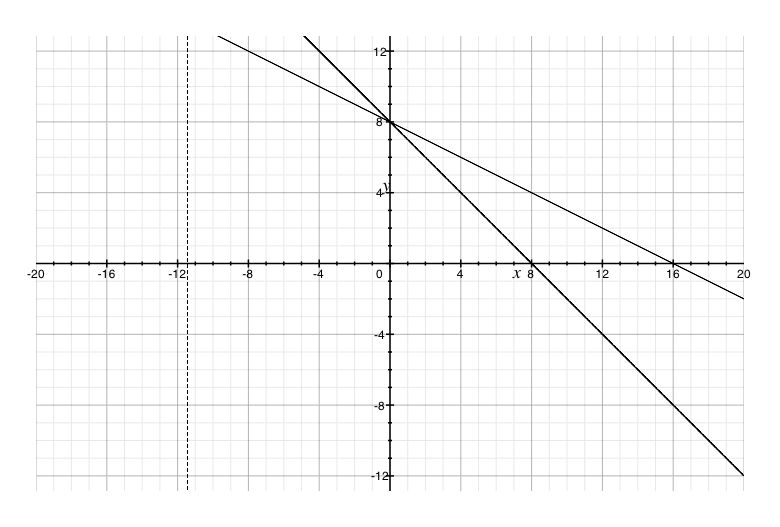
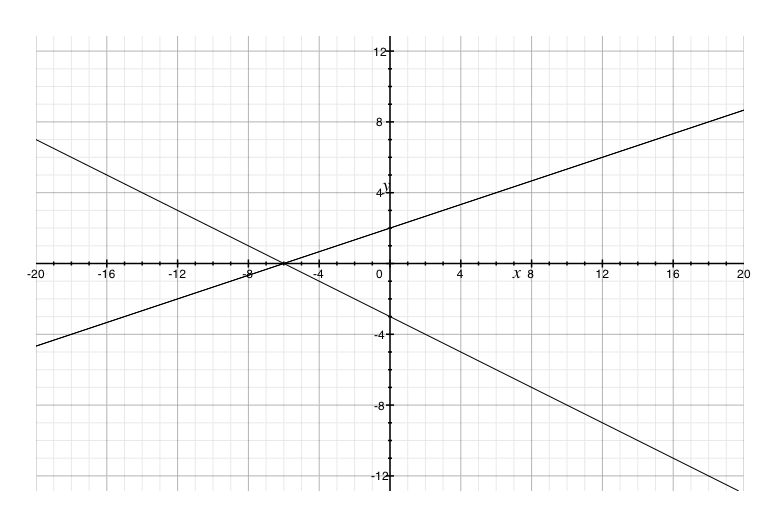
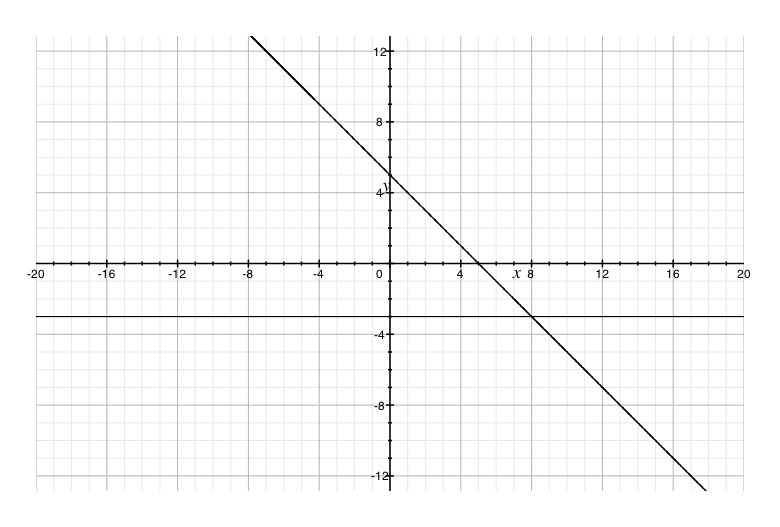

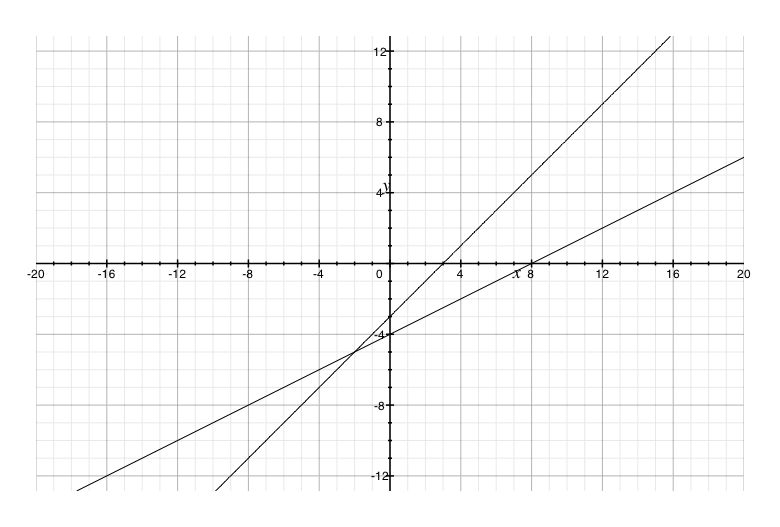
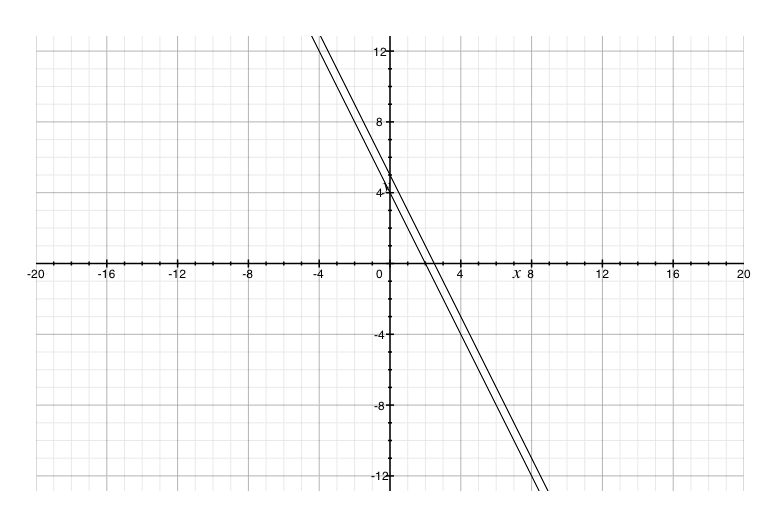



0 answers
Post by Rose A on February 19, 2018
Some of the practice questions are wrong...
It's not you that does the pracice questions from what I understood?... who can I contact for issues with the practice questions!?
1 answer
Thu Dec 31, 2015 5:32 PM
Post by Bongani Makhathini on December 30, 2015
I believe that example 3 does have a solution, its just that the lines will across outside the graphing paper displayed on the screen as the lines progress. I came to this conclusion because the points 4, 2 and 6 are even numbers. However, 3 is an odd number, tilting the line just slightly anti-clockwise. :-)
0 answers
Post by Farhat Muruwat on March 24, 2014
Step 3. 2y − x = 3 → ( 0,[3/2] ),( − [3/2],0 )
How did you get 2y - x = 3?
0 answers
Post by Farhat Muruwat on March 24, 2014
Q. Solving the system by graphing
y − x = 42y − x = 3
Step 1. Find two points for each equation by setting x = 0 then y = 0
Step 2. y − x = 4 → ( 0,4 ),( − 4,0 )
How did you get y - x = 4?